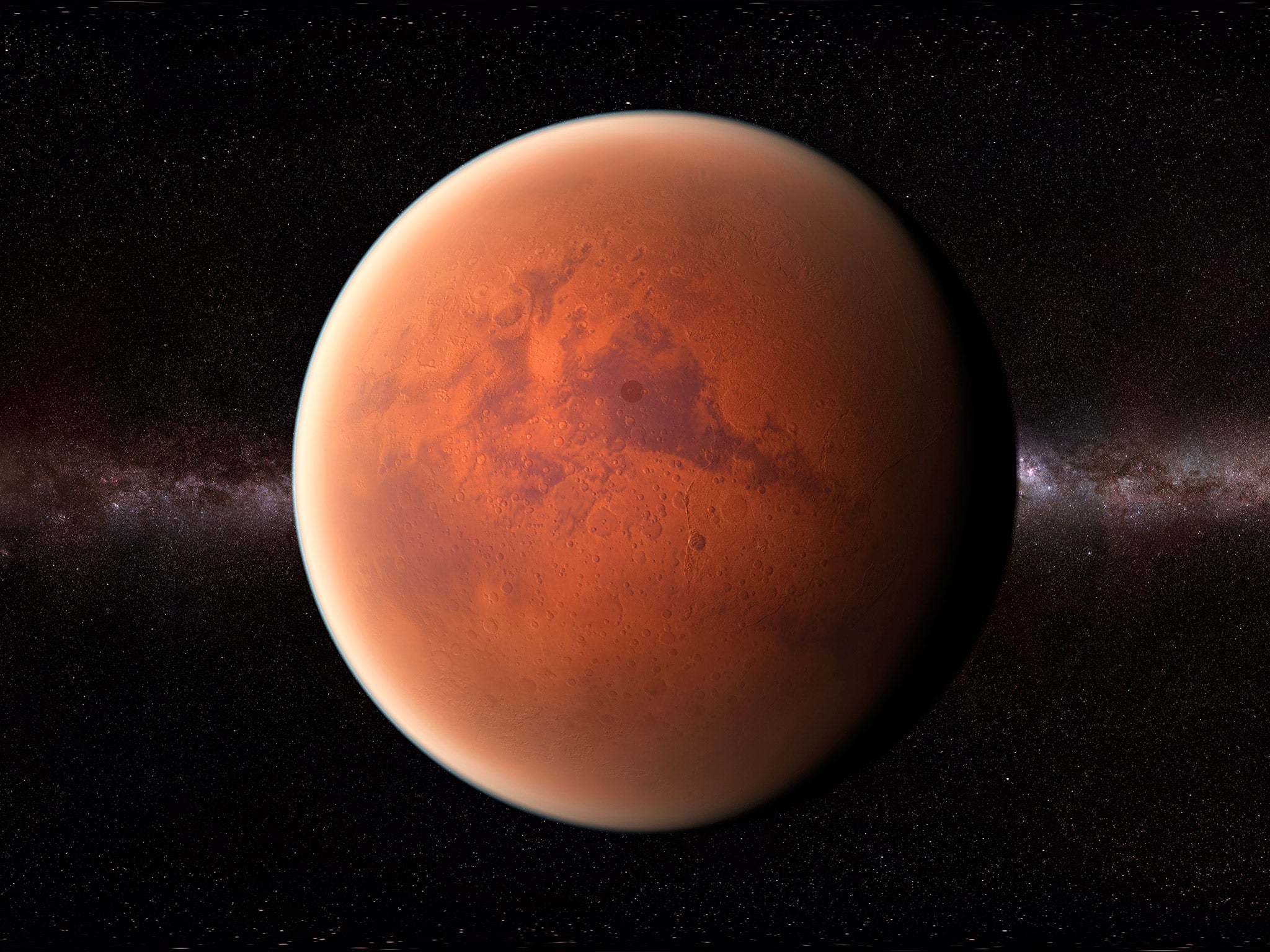New route to Mars could make manned mission much cheaper and easier
Mathematicians have plotted out new route that solves two of the biggest problems with the Mars mission — but it takes longer

Your support helps us to tell the story
From reproductive rights to climate change to Big Tech, The Independent is on the ground when the story is developing. Whether it's investigating the financials of Elon Musk's pro-Trump PAC or producing our latest documentary, 'The A Word', which shines a light on the American women fighting for reproductive rights, we know how important it is to parse out the facts from the messaging.
At such a critical moment in US history, we need reporters on the ground. Your donation allows us to keep sending journalists to speak to both sides of the story.
The Independent is trusted by Americans across the entire political spectrum. And unlike many other quality news outlets, we choose not to lock Americans out of our reporting and analysis with paywalls. We believe quality journalism should be available to everyone, paid for by those who can afford it.
Your support makes all the difference.A new route to Mars proposes to solve the two big problems that have held humans back from getting there — the cost of the journey and the fact that it can only done every two years.
The current route requires a huge amount of fuel to be used. It also can only happen once every 26 months, when the planets line up in the right way.
But a new path worked out by mathematicians Francesco Topputo and Edward Belbruno makes use of the motion of Mars, helping with both problems.
It requires lobbing the ship into an orbit like that of Mars so that it flies ahead of the planet, called ballistic capture. That is instead of the Hohmann transfer that’s currently used, where the spaceship is aimed at a certain place in the Mars orbit and meets it there.
The two techniques costs the same at launch and while it cruises. But the expensive burn of fuel to slow down and aim when the ship reaches Mars is reduced.
The 25 per cent less fuel used will reduce costs, and will make the ship lighter and therefore even cheaper to launch.
But the new route takes a few months longer, and even on the old route the journey takes six months.
Join our commenting forum
Join thought-provoking conversations, follow other Independent readers and see their replies
Comments